MAI QUYEN
Following a three-day trip by Australian Trade and Tourism Minister Don Farrell to Beijing this week, the South China Morning Post (SCMP) revealed that Chinese Foreign Minister Qin Gang plans to visit Canberra amid improving bilateral relations.
Australian Trade Minister Farrell (right) is in Beijing. Photo: AP
In 2018, Australia's relationship with China was strained after Canberra banned Huawei Technologies from building its 5G broadband network. In 2020, Australia-China diplomatic exchanges were frozen after Beijing imposed restrictions on dozens of Australian exports in retaliation for the country's call for an international investigation into the origins of the COVID-19 pandemic.
By May 2022, tensions had shown signs of easing when the Australian Labor Party returned to power after 13 years. Bilateral relations gradually improved, marked by a meeting between Chinese President Xi Jinping and Australian Prime Minister Anthony Albanese in November on the sidelines of the Group of 20 (G20) summit in Indonesia; followed by a visit to China by Australian Foreign Minister Penny Wong in December for the “2022 Strategic and Foreign Policy Dialogue”. This was also the first visit to the mainland by an Australian minister since 2019 and the first formal talks between the two countries’ top diplomats since 2018.
In July, the SCMP, citing sources close to the Chinese government and Australian scholar James Laurenceson, said that Qin’s visit would be a “reciprocal visit” following Wong’s. If confirmed, the latest in a series of high-level political and trade moves between Beijing and Canberra could further boost joint efforts to mend ties that have been strained by political disputes over the past decade.
Year of stable relationship
As Australia's largest trading partner, China's two-way trade with Canberra is estimated to reach $195 billion in 2022. Beijing has recently resumed imports of coal, cotton and copper from Australia.
In a signal of strengthening cooperation with Canberra, Chinese Ambassador to Australia Xiao Tian on May 12 identified this as an important year for the two sides to stabilize relations for bilateral development and to deal with global economic challenges. The statement was made on the same day that Minister Farrell was preparing to meet with Chinese Minister of Commerce Wang Wentao in Beijing. Previously, Mr. Farrell expressed that he would represent the interests of Australian exporters and manufacturers, pledging to promote efforts to remove all trade barriers and resume full export activities to China without hindrance.
No breakthrough soon
Speaking to Reuters, Laurenceson said Qin’s visit was “big news.” But observers are keeping expectations low for any breakthroughs. Last month, Foreign Minister Wong warned that Australia-China relations were unlikely to return to the levels of the early 2000s, when trade had become separated from political and strategic priorities.
In recent years, Australia has blocked the sale of assets, including critical infrastructure, to Chinese companies on national security grounds. Canberra has also expanded security cooperation with the United States, China’s main rival for influence in the Asia-Pacific. The most notable is the Trilateral Enhanced Security Partnership (AUKUS), which establishes cooperation between Australia, the United States and the United Kingdom on a number of secret military technologies, including support for Canberra’s construction of a nuclear submarine fleet to counter China’s growing military ambitions in the South China Sea, East China Sea and South Pacific.
Tensions are expected to continue as Prime Minister Albanese plans to host US President Joe Biden and leaders from India and Japan - countries with border disputes with China - at the Quad summit later this month.
Source link


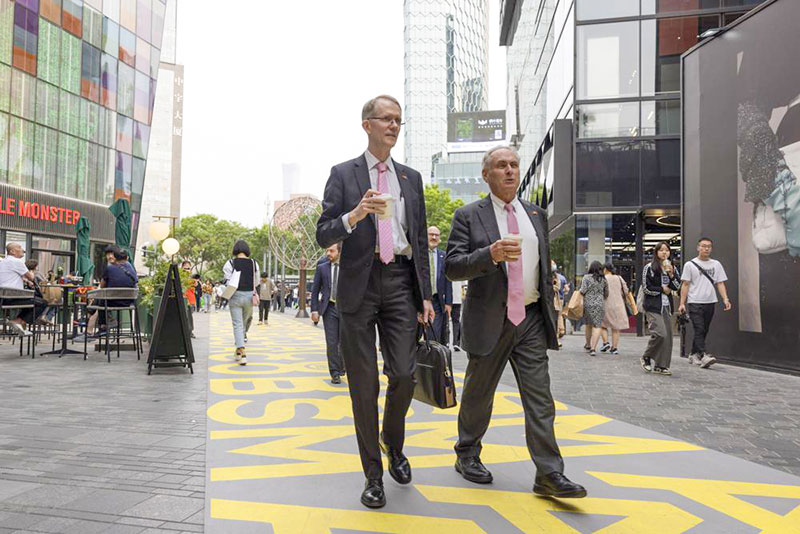
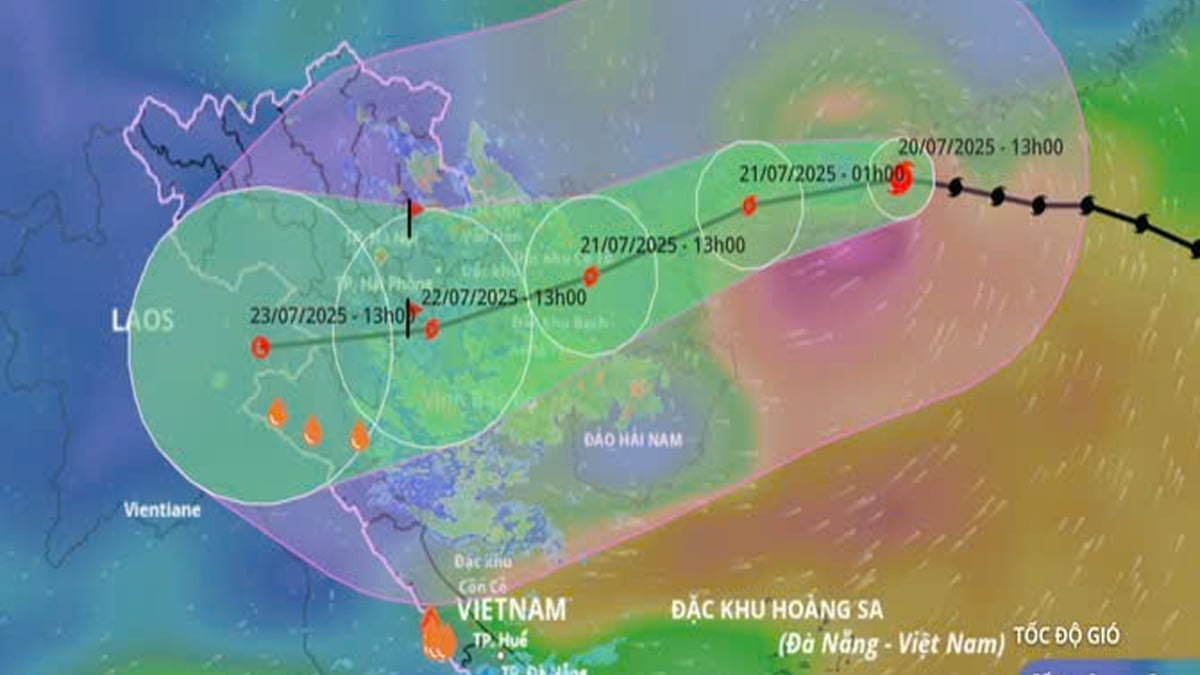

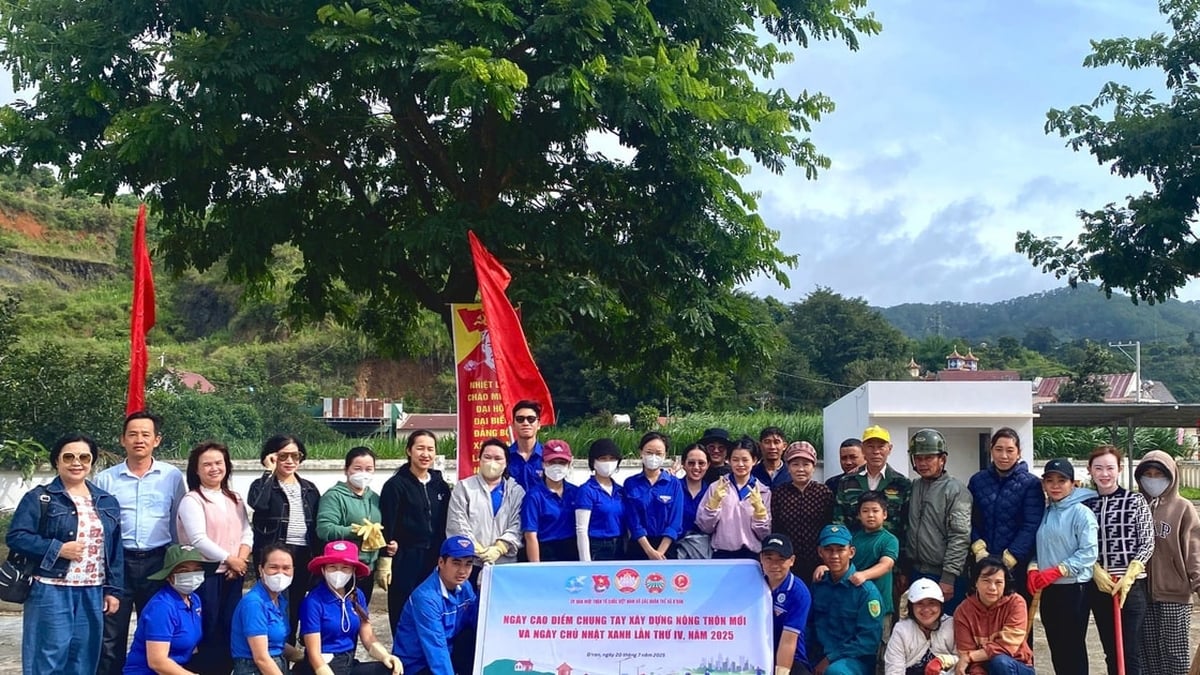
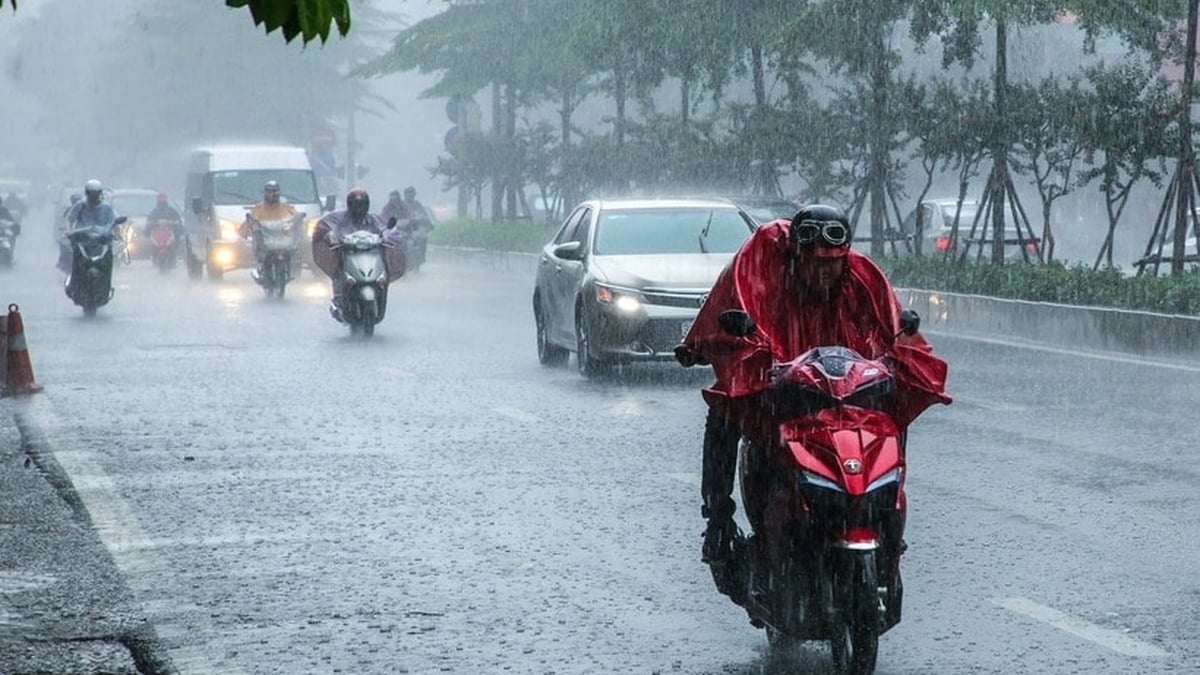

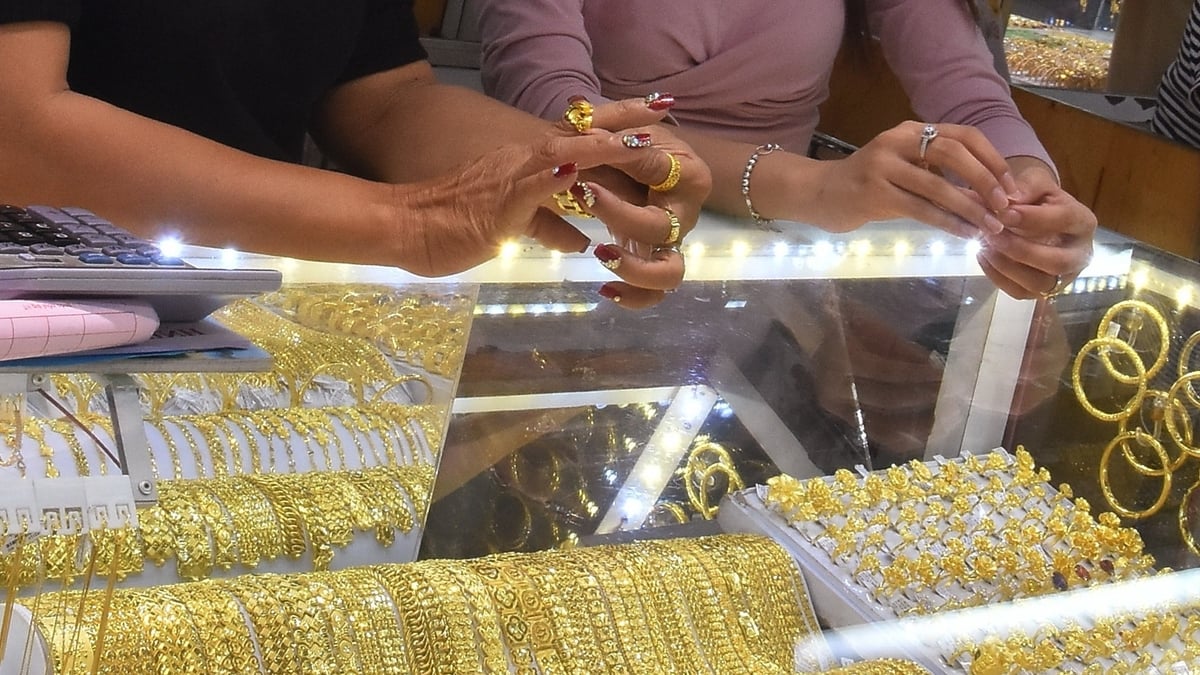
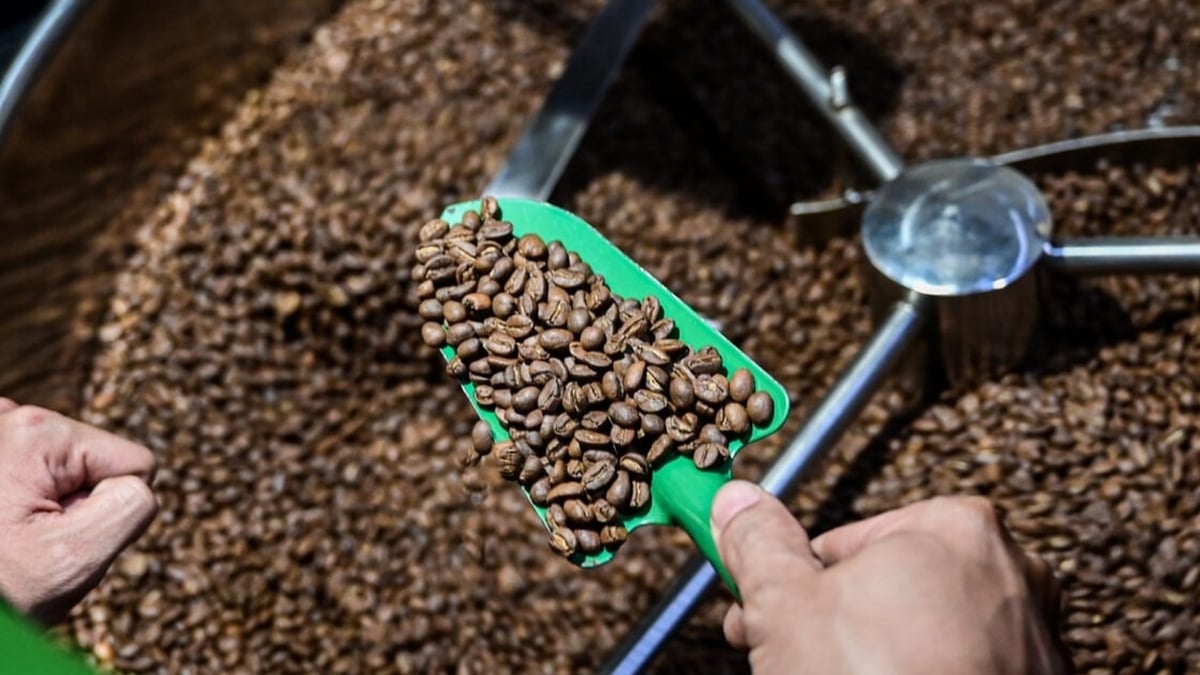
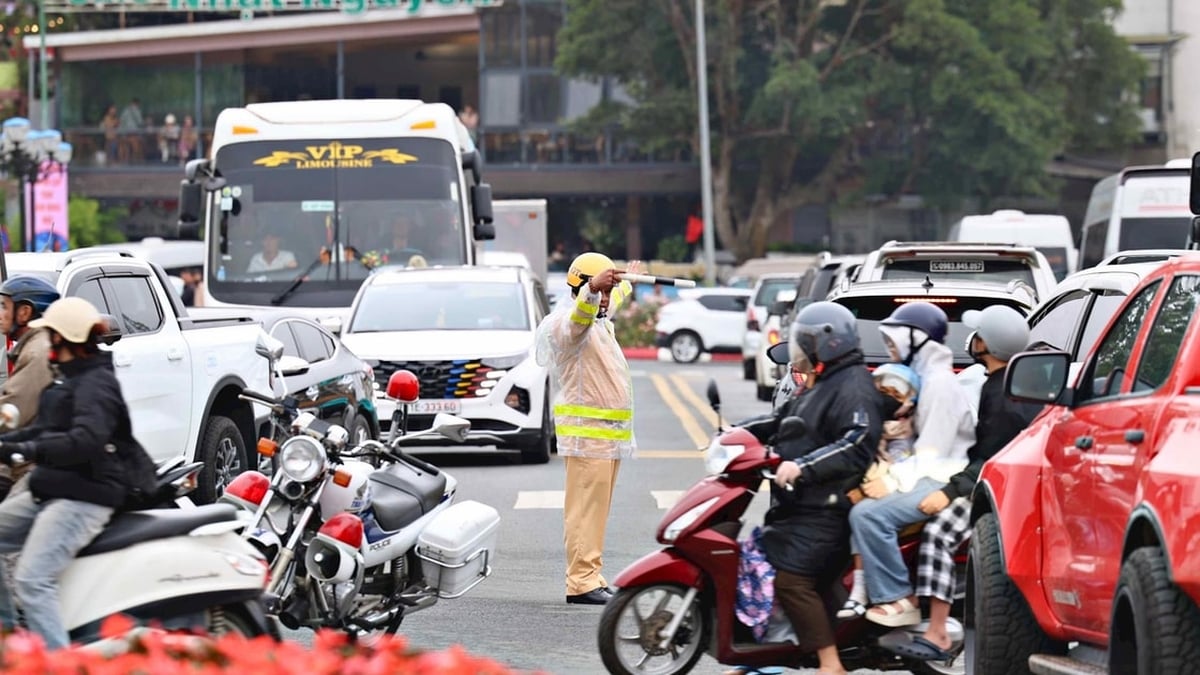
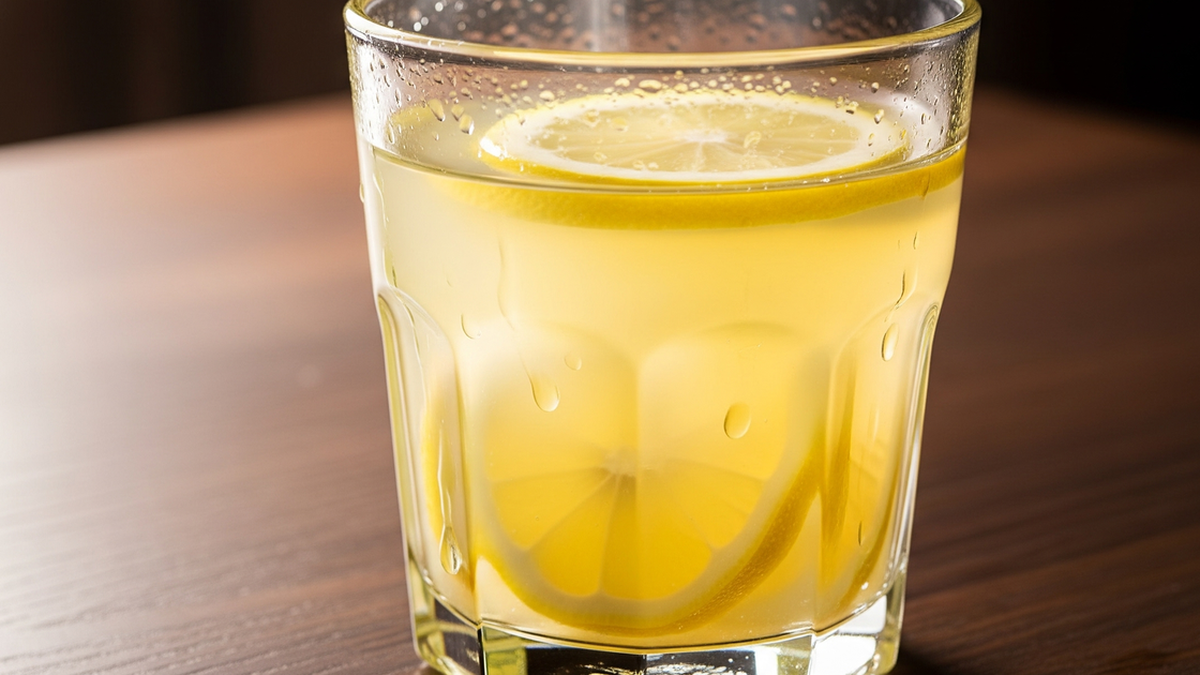


















![[Photo] National Assembly Chairman Tran Thanh Man visits Vietnamese Heroic Mother Ta Thi Tran](https://vphoto.vietnam.vn/thumb/1200x675/vietnam/resource/IMAGE/2025/7/20/765c0bd057dd44ad83ab89fe0255b783)




































































Comment (0)